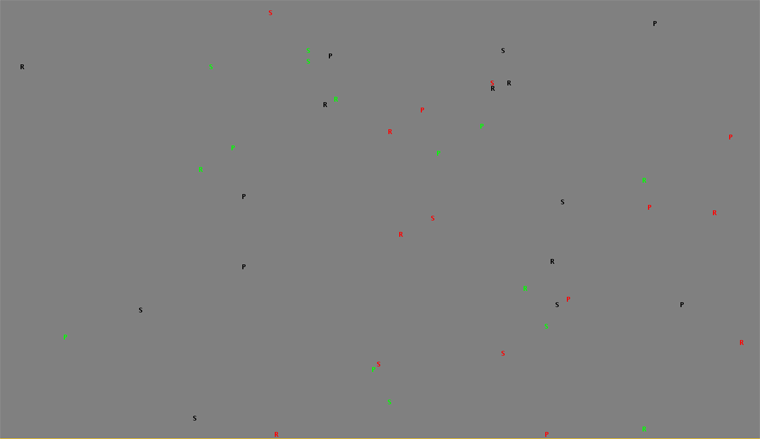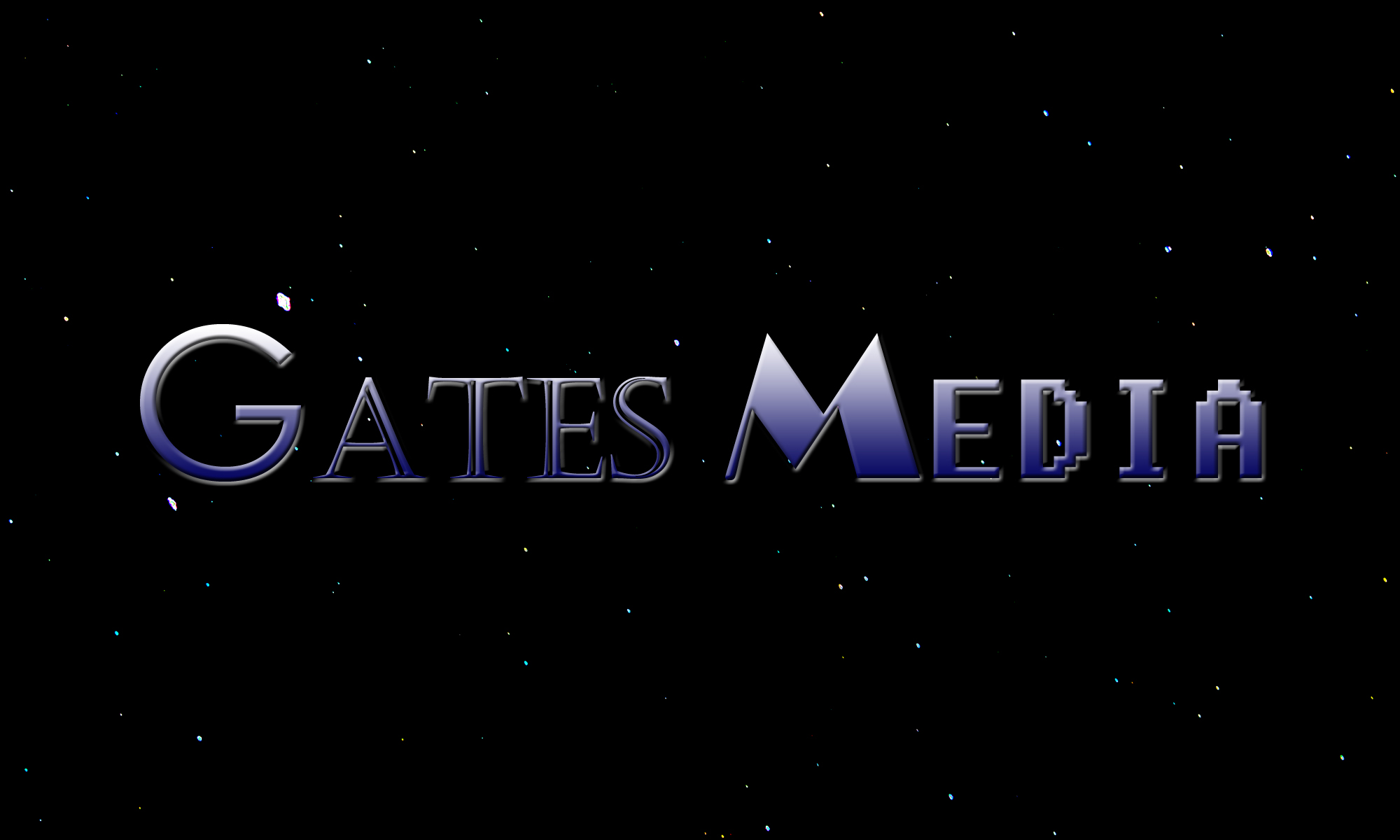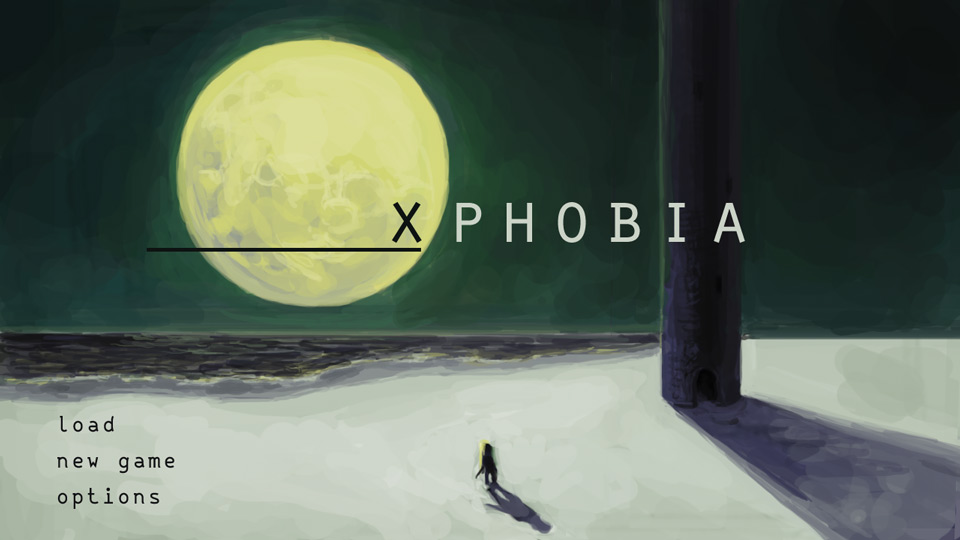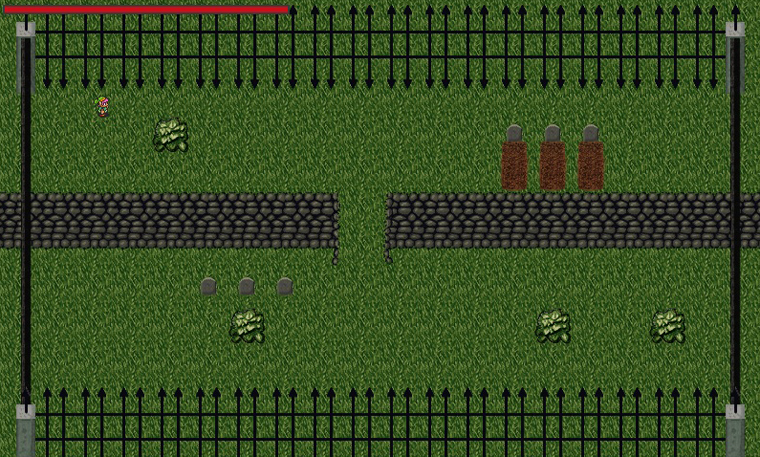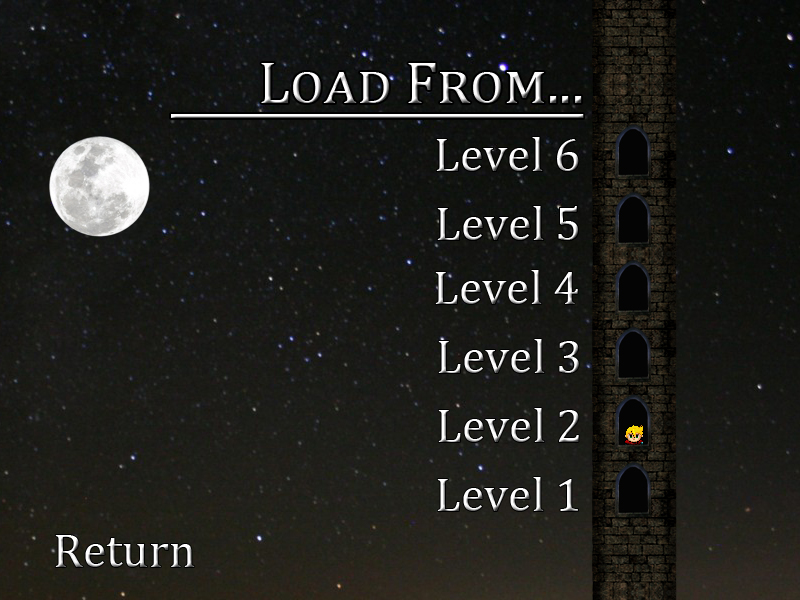Video Game Cutscenes
While I do like CGI and 3D animation in general, cutscenes have several features that I find particularly inspiring. By video game cutscenes, I mean the short, pre-rendered sequences made with complex character models. First, cutscenes embrace the idea that full CGI films don’t have to be for children, an idea that most CGI films produced today hold. In fact, cutscenes are for very specific audiences: the players. Second, the limits of in-game rendering are removed, allowing players to see characters in a new, exciting way. Finally, because of the file size and cost of these films, they’re usually short, rare occurrences. To me, the cutscene’s focus on its target audience, effort to give characters more life, and rarity make it treasured and unique.

Abe has three dimensions!?
Unfortunately, the cutscene is becoming a lost art. Some players feel that non-interactive cutscenes are distracting and more a nuisance than a reward. Plus, today’s in-game graphics are so advanced that pre-rendered cutscenes aren’t needed to show details such as facial expressions and actions. It’s often cheaper and just as effective for a studio to use in-game character models and objects. Modern video games that still use cutscenes have not promoted them either. Final Fantasy XIII and Metal Gear Solid 4 overuse them to the point where they might as well be feature films.
Though cutscenes are disappearing from the video game world, it’s my hope, and perhaps my mission, that they will influence CGI movies. CGI is not just a form of animation but a storytelling medium that can contain content and genres as diverse as those found in comics, movies, or TV shows.
MUST SEE:
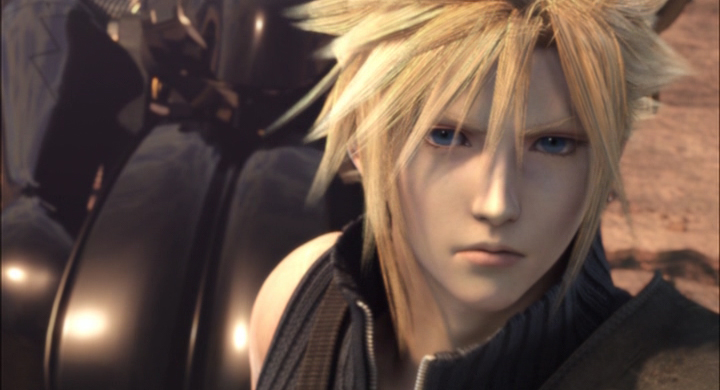
Square Enix, you are insane!
If you’re also cutscene deprived, watch Final Fantasy VII: Advent Children. This is the most beautiful CGI film I’ve ever seen, and I can’t watch it enough. There’s more to be desired in terms of its story, but it shows what CGI films could be like if they expanded into other genres and target audiences.
Experimental Writing
In high school, a friend lent me a mysterious novel called Vurt. This book takes place in a dark and strange world of drug addiction, and reading the book is perhaps as close as one can get to doing drugs without doing drugs. It switches between third and first person, rambles for paragraphs, and fearlessly uses the “F” word for adjectives, verbs, nouns, and sentences enhancers. Intrigued, I proceeded to read the rest of Jeff Noon’s novels. Each was more insane than the last.
Jeff Noon’s novels aren’t always effective or coherent, but nonetheless, his ideas about the evolution of writing are fascinating. Most of his novels and stories come about through a process he calls “remixing,” which he describes in his book Cobralingus. He’s also written an epic poem called Needle in the Groove, which includes a companion music CD. His novels tend to tell the same story and rely on sex, drugs, and violence, but his characters are colorful and touching, and occasionally, moments of clarity leave me with a feeling of awe. His current projects use the Internet as a storytelling medium. He excels at describing complex ideas in single-sentence Tweets.
I’ve since read Mark Z. Danielewski’s House of Leaves and Douglas Coupland’s jPod, but Jeff Noon still has a special place for introducing me to experimental writing and having the biggest influence in how I write stories. My writing has remained relatively traditional, but Jeff-Noon-inspired character perspectives, voices, and experiments are often present.
MUST READ:
Vurt’s great, but I’d actually have to recommend Danielewski’s House of Leaves. This experimental masterpiece is basically a 650-page review of a horror movie that doesn’t exist… Also, typography:
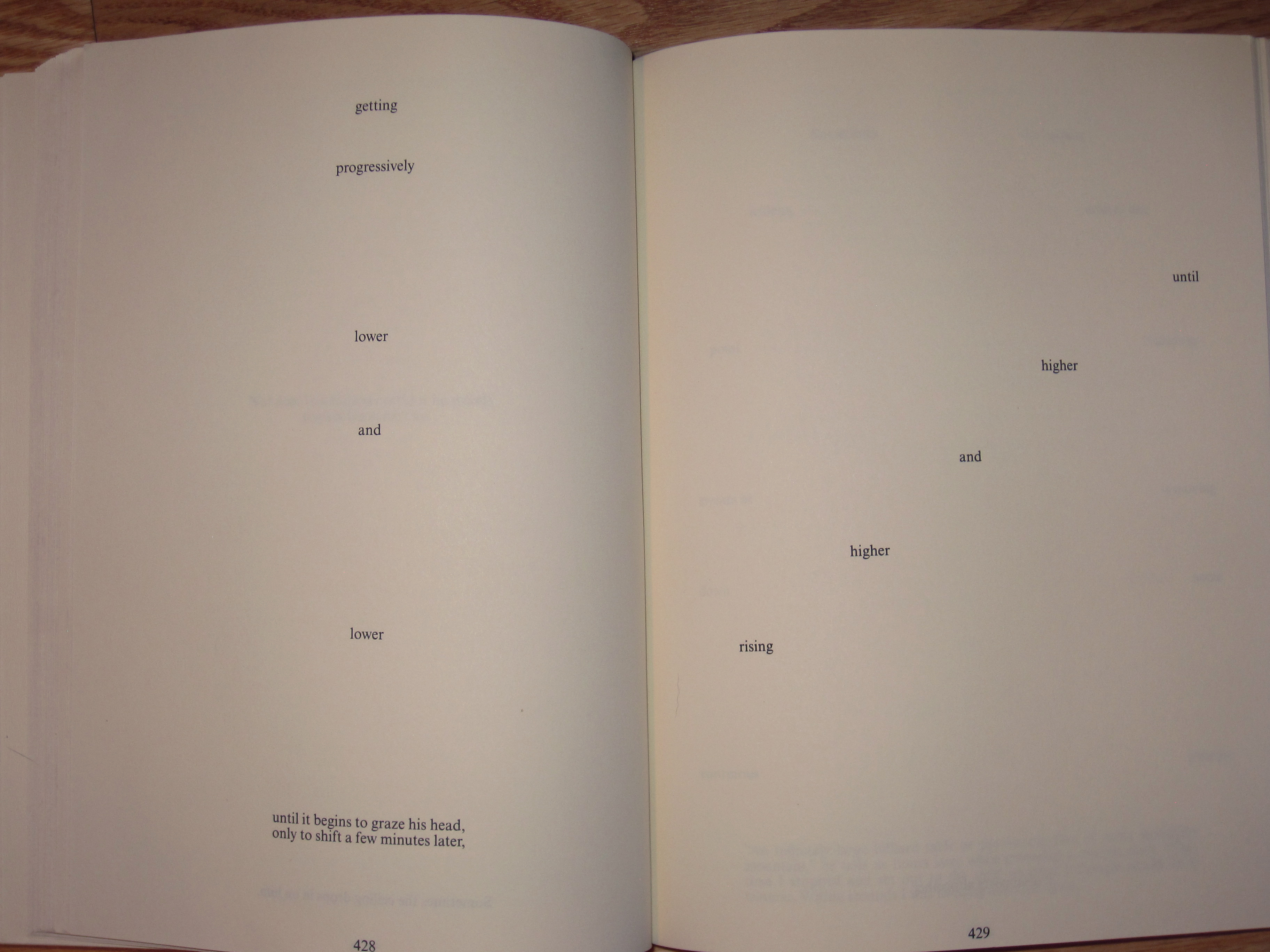
All film critics should write like this.
Dramatic Anime
The main reason anime inspires me and influences my writing is its treatment of drama. Nothing has affected me through shock, horror, and awe as dramatic anime has. In shows such as Fullmetal Alchemist, Code Geass, or Death Note, plot twists leave characters shell shocked and horrified by their actions and the actions of others. Dramatic reactions to these events are borderline cheesy, but I find them effective. When a character’s eyes slowly widen in horror, I can’t help but recoil and exclaim, “Oh my God!” right along with them.

Now THAT’S terrible.
MUST SEE:
To get a better idea of drama in anime, watch Fullmetal Alchemist. This 51-episode series has great and terrible dramatic revelations, plot twists, and horror stories and a nice bit of comedy mixed in.
